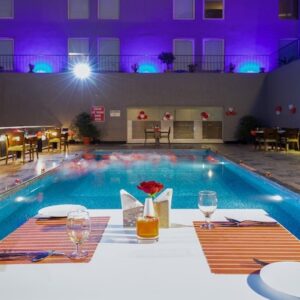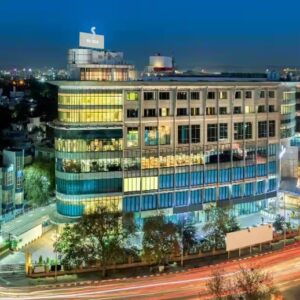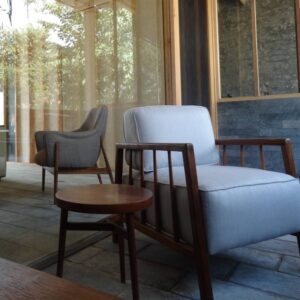
Transforming Hospitality Spaces | Expert Design & Architectural Solutions
ASCELA’s hospitality design focuses on creating areas that are practical, cozy, and aesthetically pleasing. This area blends branding, architecture, and interior design to create spaces that represent the brand’s identity, improve the visitor experience, and meet a range of demands while maintaining operational functionality and efficiency.
Hospitality | Service Offerings
Master Planning & Urban Design
Conceptual Design and Feasibility Studies
Designing to enhance the local community and to ensure seamless integration with the existing urban spaces,
Land Use Planning and Zoning Analysis
Ensure harmony between hospitality spaces and the surrounding urban landscape, minimizing noise and traffic disruptions.
Infrastructure and Utility Planning
Analyzing existing infrastructures, transport, utilities, and public services to determine upgrades needed.
Community and Stakeholder Engagement
Involving different stakeholders to ensure inclusivity, alignment with local aspirations.
Phasing and Implementation Strategy
Including zoning for phased designing and development to ensure balanced space integration
Economic and Market Analysis
Ensuring financial viability , aligning design with market demands while optimizing resource allocation
Social Infrastructure Planning
Incorporating spaces and systems that support both the operational aspects of hospitality and the well-being of visitors, staff, and the surrounding community
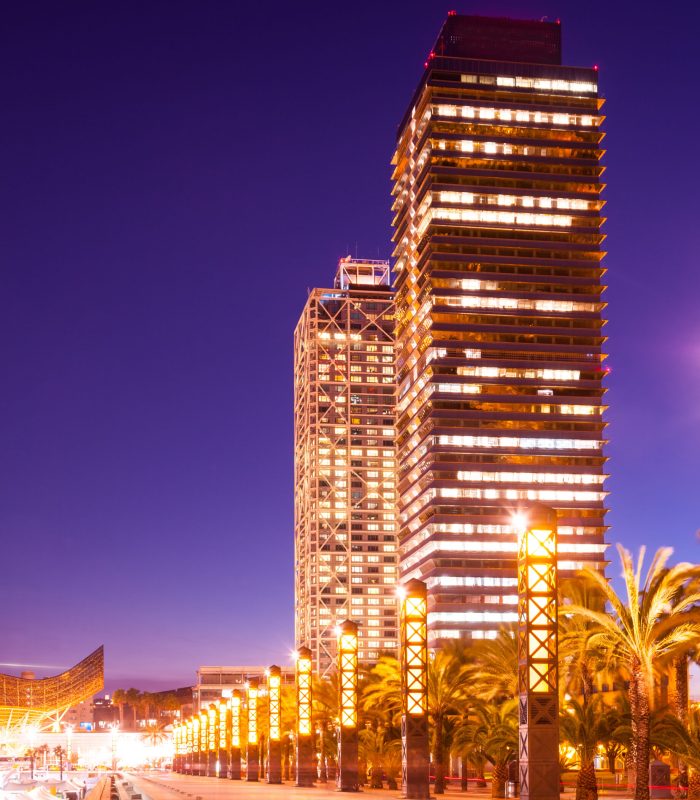

Design & Fit-out
Concept & Schematic Design Development
Design conceptualized and developed aiming to create a welcoming, efficient, and memorable experience to the users
Interior Design & Fit-Outs
Establishing the layout of various spaces, ensuring that each area integrates the brand’s vision, local context, and operational requirements
Exterior Design
Designing facades that sets the tone for the guest experience, combining aesthetic appeal, functionality, and branding while creating an inviting and memorable environment ; promoting brand identity and visibility.
Furniture Design / Art & Artifacts
Ergonomic furniture, quality finishes aligning with the overall theme and tone of the space and enhance the guest’s experience.
Landscape Design
Enhancing the atmosphere, promoting relaxation, and facilitating outdoor activities , addressing not only the visual appeal but also the needs of the environment, guests, and the local community
3D conceptual visualizations and sketches
Creating realistic, three-dimensional digital representations of the design to get an in-depth look at how the design will look and feel once it is built
Construction Documentation And Specification
Creating detailed construction drawings, including MEP (mechanical, electrical, and plumbing) plans, to ensure everything is installed efficiently.
Post- Design services
Restoring or repurposing existing structures or integrating heritage elements into the design.
Project Management
Planning and assistance
Curating comprehensive timeline for the entire project , outlining key milestones such as design approvals, permitting, construction, procurement, and final handover
Budgeting and Cost Control
Developing an initial budget and project timeline based on the project scope, size, and complexity ; Tracing expenses and adjusting the project budget as necessary to avoid overruns
Resource and risk management
Effective planning, allocation, and utilization of all the resources optimizing efficiency, minimizing disruptions, and safeguarding the project's quality and profitability.
Procurement and Vendor Management
Sourcing, purchasing, and management of goods and services while adhering to budget and quality requirements ; overseeing relationships with suppliers, contractors, and service providers to ensure the successful delivery of project requirements.
Construction Administration and Supervision
Managing subcontractors, monitoring construction progress, and ensuring that the project is built according to the design specifications

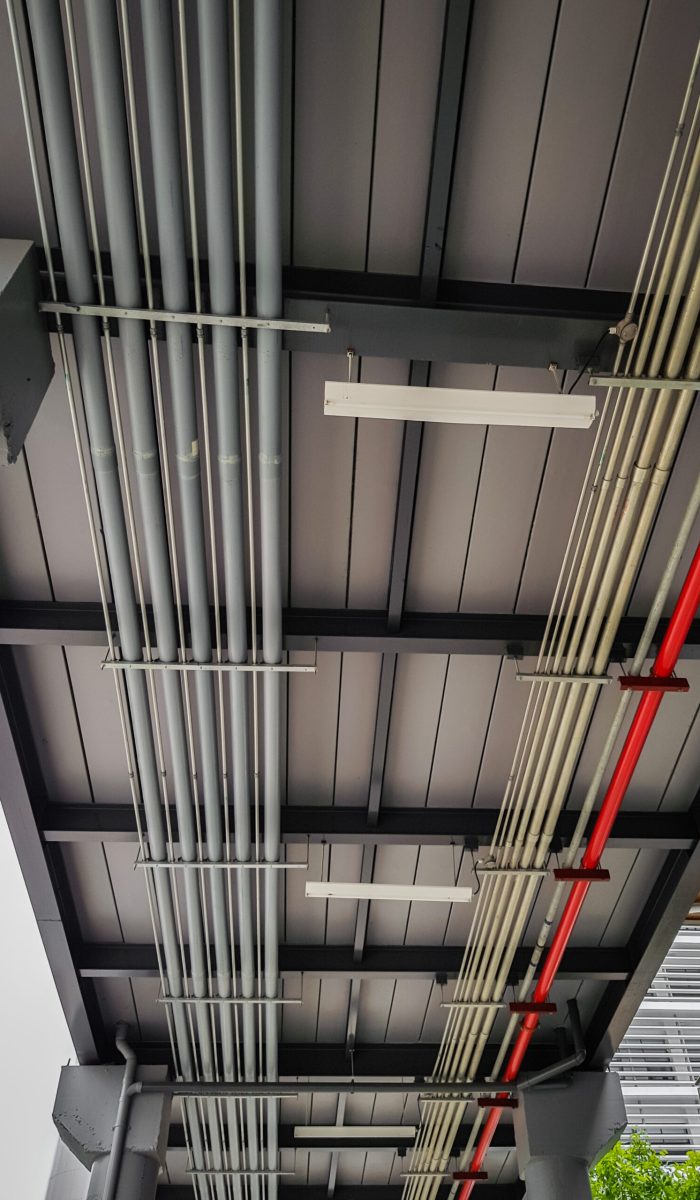
Building Services Consultancy
Mechanical, Electrical and Plumbing (MEP) Integration
Ensuring that the spaces are comfortable, functional, and conducive to the intended activities by integrating building services in the project
Fire safety, alarm systems, and life safety design
Ensures the safety of occupants by detecting and controlling fire hazards, especially in spaces with valuable artifacts, large crowds, or flammable materials.
Security and Surveillance Systems
Protects both the building and its contents, ensuring the safety of visitors, staff, and assets.
Building Automation and Control Systems
Integrates modern technologies to optimize building operation, enhance guest experience, and reduce energy consumption.
Water Treatment and Waste Management Systems
Ensure the functionality of the space but also supports environmental sustainability.
Renewable Energy , Environmental, and Sustainability Systems
Incorporates environmentally responsible practices into the building’s lifecycle, from construction through operation and decommissioning.
Information and Communication Technology (ICT) Systems
Enables communication and connectivity within the building and between guests, staff, and management.
Vertical Transportation Systems
Ensures smooth movement for both guests and goods (like hotel supplies, maintenance equipment).
Acoustic Control and Soundproofing
Ensures that spaces, especially venues like theaters, halls, and auditoriums, have appropriate sound quality.


